


|
1462 |
Gibraltar, in Muslim hands since 711 AD, is captured by the Kingdom of Castile. A rock fortress in southern Spain, it commands the western entrance to the Mediterranean Sea.
|
|
1464 |
Sonni Ali, leader of the small Songhai State in West Africa, embarks upon a series of brilliant campaigns and takes over much of the land once belonging to the Mali Empire.
|
|
1466
1467 |
The Inca Empire of Peru,
In Japan, the Onin War breaks out following a dispute over the shogun's successor, and soon the country is plunged into a civil war that lasts for more than a hundred years.
|
|
1468 |
Mehmed II conquers Karaman, the last surviving Turkish emirate. At his death the Ottoman Empire extends from the Danube to the Euphrates, and from the Crimea to the Aegean Sea.
|
|
1469 |
Lorenzo, grandson of Cosimo de' Medici, and, like him, a great patron of art and learning, starts his rule in Florence. Known as Lorenzo the Magnificent, he rules until 1492.
|
|
|
|
|
1470 |
Le Morte d'Arthur, a series of Arthurian legends, is compiled by the English writer Sir Thomas Malory. It is generally regarded as the first outstanding work in English prose.
The Earl of Warwick frees Henry VI from the Tower, and Edward takes refuge in Holland. The demented Henry VI is restored to the throne but his reign only lasts for seven months.
|
|
1471 |
Edward returns and at the battles of Barnet and Tewkesbury both Warwick and Henry's son, Edward, are killed. These victories, plus the murder of Henry VI, secure his throne.
|
|
1473 |
The Aztecs take over the prosperous market town of Tlatelolco following the killing of its ruler. The Empire now stretches from the Atlantic to the Pacific Oceans.
|
|
1474
1476 |
The
William
Caxton sets up the first printing press
in England -
|
|
1477 |
By the marriage of Maximilian, son of Emperor Frederick III, and Mary of Burgundy, heiress of Charles the Bold, the Habsburgs of the House of Austria take over the Netherlands.
|
|
1478 |
The Florentine artist Sandro Botticelli completes Primavera (Allegory of Spring) one of his early masterpieces. He later produces three frescoes for the Sistine Chapel in Rome.
Pope Sixtus IV endorses the creation of an Inquisition in Spain. Tomas de Torquemada is appointed Grand Inquisitor and becomes a byword for intolerance, terror and torture.
|
|
1480 |
Ivan the Great of Moscow refuses to pay tribute to the Golden Horde and beats off Mongol attacks. Much of Russia is united under his control, including a vast new area in the north.
|
|
1481
1482 |
In the Vatican
The Portuguese explorer Diogo Cão becomes the first European to reach the mouth of the Congo River during the first of his two expeditions along the west coast of Africa.
|
|
1483 |
Edward dies while at Windsor, leaving his
son, twelve- |
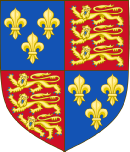





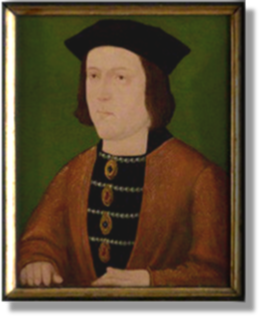 Edward
took up the
Edward
took up the 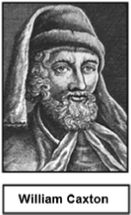 the
country prospered, assisted by the introduction of the silk industry
and a marked increase in trade with France, Burgundy and the
Hanseatic League. This increased the wealth of the nation as well as
the size of Edward's own coffers. In 1475 he added to his wealth by
a brief war with France. This ended with the French king, Louis XI,
agreeing to pay Edward a large ransom and an annual pension in
return for Margaret's freedom. He was certainly the first English
king for many a day who died with his accounts in the black! In
addition, he improved law enforcement, particularly along the Welsh
Marches (borders), and, as a man interested in books, he was a
friend and patron of the printer William Caxton.
the
country prospered, assisted by the introduction of the silk industry
and a marked increase in trade with France, Burgundy and the
Hanseatic League. This increased the wealth of the nation as well as
the size of Edward's own coffers. In 1475 he added to his wealth by
a brief war with France. This ended with the French king, Louis XI,
agreeing to pay Edward a large ransom and an annual pension in
return for Margaret's freedom. He was certainly the first English
king for many a day who died with his accounts in the black! In
addition, he improved law enforcement, particularly along the Welsh
Marches (borders), and, as a man interested in books, he was a
friend and patron of the printer William Caxton.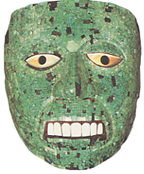 growing bigger and ever more powerful under its leader
growing bigger and ever more powerful under its leader  The
marriage of
The
marriage of
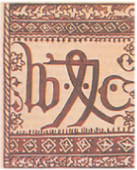 German
astronomer and mathematician Johannes Müller (later known as
German
astronomer and mathematician Johannes Müller (later known as 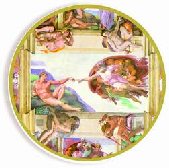 Palace,
the building of the
Palace,
the building of the 